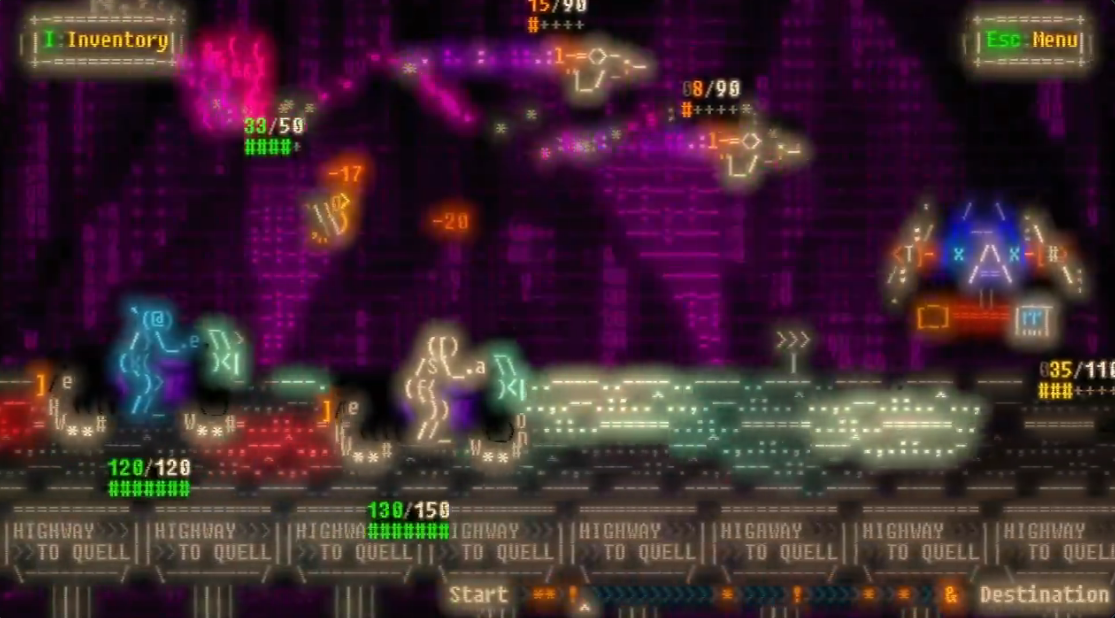Future horizons
Photoshop is excellent at creating lovely verdant vistas, but as shows, its modelling and texture tools can also be put to use on projects that require a more constructed look, such as a futuristic sci-fi city.
Whether you're a seasoned 3D designer or just getting started, Bryce is one of those useful programs that should be included in every digital toolbox. Its ease of use, and the fact that it doesn't cost much more than a typical game, have made it extremely popular.
One of Bryce's greatest features is that anyone, regardless of their skill level, can sit down and create something cool with just a few clicks. While most 3D applications have a steep learning curve, a neophyte Bryce user can be creating sophisticated results in just a few hours. Although the application is primarily a landscape generator, it is actually able to create quite complex models and scenes with just a few basic modelling tools.
In this tutorial, we're going to go over all the necessary steps required for the creation of a futuristic cityscape illustration. We'll cover the basics of modelling with Bryce's primitives and landscape tool, and examine some of the editing and texturing tools available. In the initial steps, you will learn how to use basic primitives and Boolean modelling to create some of the main structures, as well as key props such as the cables used to add detail.
Bryce also comes equipped with one of the most powerful and easy-to-use terrain generators and editors. It enables you to virtually paint all sorts of terrains, but can also be used as a modelling tool, either by using the various brushes that come with the program, or by using imported greyscale images made in, for example, Photoshop. As the tutorial continues, we'll build up the foreground and background elements of the scene and explore Bryce's material and lighting options. In the final steps, we'll pull everything together using Photoshop's layers and add some extra details.
Please note that the full version of Bryce 5, as mentioned in the PDF, was only available with issue 88 of 3D World and is not included with this tutorial.
Click here to download the support files (42MB)
Click here to download the tutorial for free
Daily design news, reviews, how-tos and more, as picked by the editors.

The Creative Bloq team is made up of a group of art and design enthusiasts, and has changed and evolved since Creative Bloq began back in 2012. The current website team consists of eight full-time members of staff: Editor Georgia Coggan, Deputy Editor Rosie Hilder, Ecommerce Editor Beren Neale, Senior News Editor Daniel Piper, Editor, Digital Art and 3D Ian Dean, Tech Reviews Editor Erlingur Einarsson, Ecommerce Writer Beth Nicholls and Staff Writer Natalie Fear, as well as a roster of freelancers from around the world. The ImagineFX magazine team also pitch in, ensuring that content from leading digital art publication ImagineFX is represented on Creative Bloq.
